Yield Farming on Solana: Where to start with SOL and DeFi?

Solana is quickly emerging as one of the smart contract capable platforms forming a strong base layer for decentralized finance (DeFi) products. Various projects building on its infrastructure have jumped into the spotlight due to well funded hackathon competitions. Along with new assets such as RAY or COPE token garnering a lot of community support and holders at a parabolic rate. Here we will provide a quick introduction to the Solana ecosystem. With an aim of learning how to start Yield Farming on Solana. Along with how to buy SOL tokens, the best steps for moving assets from Ethereum or Binance Smart Chain to Solana.
The good news is that despite being a very new ecosystem that doesn’t offer the existing tooling of EVM chains (such as being compatible with MetaMask), onboarding is not that hard for new users. Of course, we should expect some bumps along the way as early adopters. That’s just part of the game of chasing down the lucrative yields or airdrops in new DeFi ecosystems.
What is Solana?
Solana was introduced in 2017 by Anatoly Yakovenko, a former Dropbox engineer, with the main aim of creating a highly scalable and open-source blockchain platform. Solana should be considered a fourth-generation blockchain, primarily aiming to offer significantly more scalability. To summarize quickly, while developers on Ethereum are now looking to Layer2 scaling. To save their users from high network fees, Solana is scalable out of the box. Meaning transaction times will remain lightning-fast and network fees for users will stay low.
First reason when #solanians chose @solana $SOL #SOL #SOLSZN #SOLSUMMER pic.twitter.com/JfNfzsNFn4
— S◎lanians ☀️ (@solanians_) May 12, 2021
The main difference between Solana and other Proof-of-Stake (PoS) chains is that it puts a clock before consensus. Known as Proof-of-History (PoH), it’s a timing mechanism that enables the network to be more efficient and reach higher throughput rates. It allows the system to easily keep track of the ordering of the events, so the security of the network should be seen more like a cryptographic time-stamp. As a result, Solana can process more than 50,000 transactions per second and is also capable of processing them in parallel.
In terms of decentralization, this might be where its critics start shouting, as we currently count 600 network validators compared to 8,000 Ethereum nodes. But it’s important to note that it is still early days for Solana, meaning we expect to see these numbers go up as the network matures. In any case, it’s a much higher number of validators than Binance Smart Chain’s chosen 21.
Not an EVM based chain
One thing you need to take into account immediately is that Solana is not an EVM-based blockchain. Therefore, we should not expect the same explosive growth seen on Binance Smart Chain, Huobi Eco Chain, or emerging Layer2 networks such as Polygon. Because builders need to tailor-make their decentralized apps to work on the network. The main difference is Solana does not use the Solidity programming language for smart contracts, it uses Rust. On the plus side, Rust is a well-known programming language with a large developer community, so many devs should be familiar with its codebase already.
As a result, we expect there to be a lot fewer copy-paste developers entering this ecosystem. Theoretically, this should lead to much more innovation and perhaps new DeFi use cases that we don’t find elsewhere. But it could mean things move a lot slower and yield farming product launches are bumpier. Just keep in mind that you’re an early adopter. Essentially, make sure you understand that all code should be considered experimental.
Where to buy SOL token?
The goal is to move assets on-chain (directly on Solana network) to start yield farming on Solana. Such as earning RAY rewards on Raydium or leverage farming on Tulip. As a result, we recommend that you should sign up to an exchange that supports Solana network natively such as Bybit. When an exchange supports SPL-based tokens natively, then you don't need to mess around with cross chain bridges. Think of SPL as Solana’s version of ERC20 on Ethereum or BEP20 on Binance Smart Chain. For example, if supported by your exchange, you can withdraw stablecoins such as USDC or USDT directly to your Sollet wallet.
Sign up with our referral links to receive rebates on your trading fees:
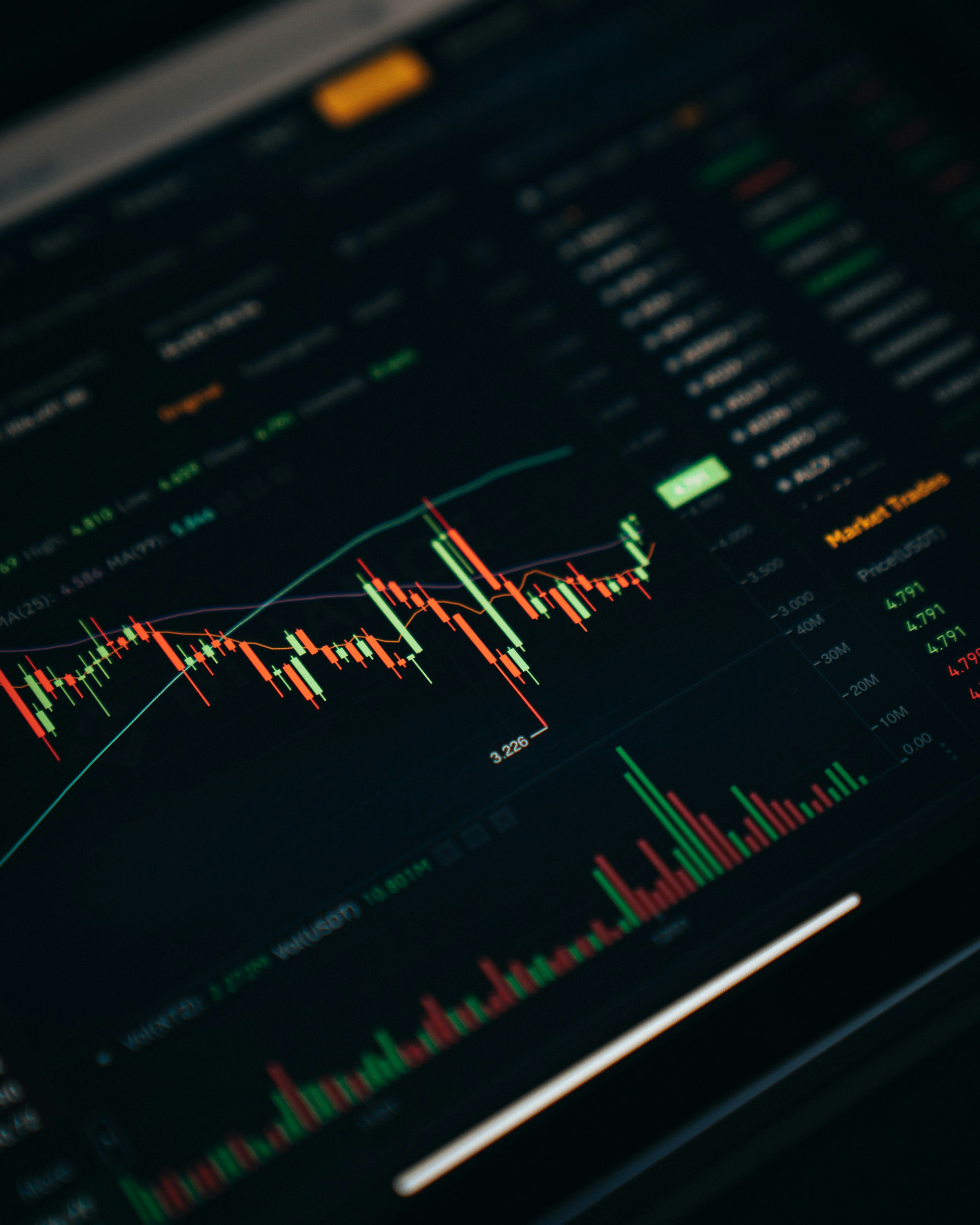
Most exchanges now support Solana natively for stablecoins such as USDT or USDC. Alternatively, you can withdraw to Ethereum and use a bridge to Solana.
How to get my existing assets into Solana DeFi?
There is the wormhole bridge to transfer assets on Ethereum directly to Solana, but this will require paying network fees on Eth which are currently very high. Therefore, I recommend using Binance or Bybit exchange as your bridge into the Solana ecosystem. Remember, Solana has very low fees so it won't eat up much. Its a very easy route for accessing DeFi on Solana, and won’t result in any funds being held up in a bridge’s congestion.
When Raydium launched, I was farming heavily on Binance Smart Chain with Pancakeswap. Here is a little trick I learned to avoid any excessive exchange fees from moving funds from Binance to another exchange: use BUSD in its BEP20 version. So if you’re already farming on BSC, convert the funds you wish to move to Solana into BUSD and deposit them into your Bybit account. Then withdraw as BEP20, but select the Solana network and give them your wallet (more on that below).
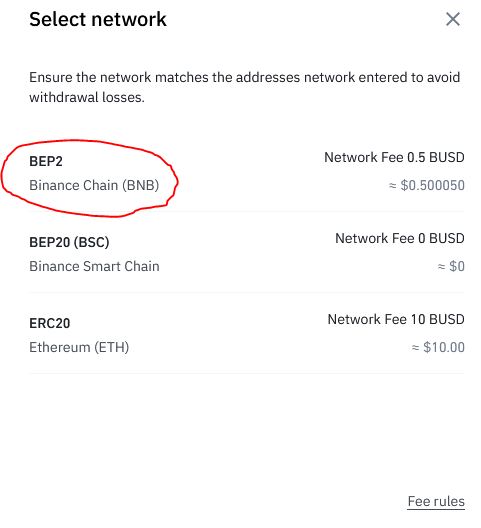
Creating A Sollet Web Wallet
I recommend using Sollet as its kind of the official wallet for the network. It comes as a web wallet or in an extension form. If you’ve used MetaMask before, then you may be more comfortable with the extension addon, but both are fine for using DeFi on Solana. If you want to go the extension route, then Phantom is the best option.
- Open https://www.sollet.io/. It will prompt you to create a new wallet and give you 24 seed words. Make sure you save the seed phrase carefully, because it’s the only way to restore your wallet, should you ever lose access.
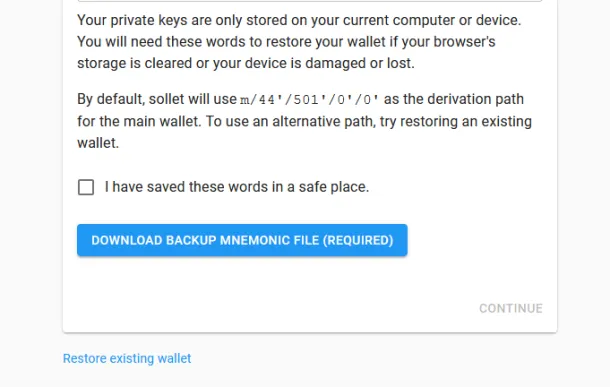
It will also prompt you to add a password, this is optional.
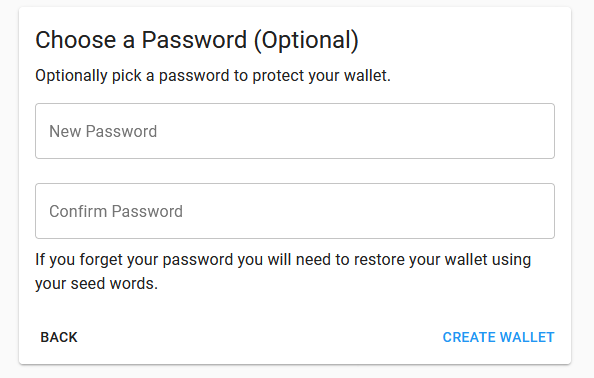
Once that step is complete, your wallet will be created and you will be able to see your balances.
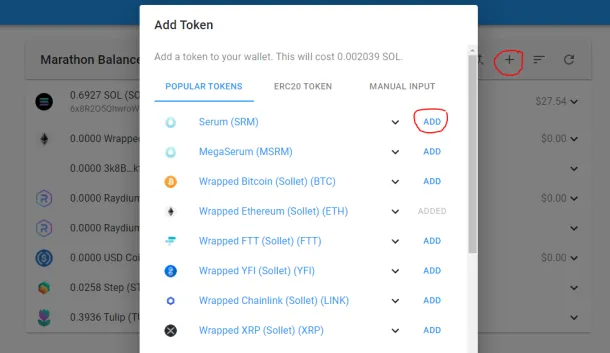
- One thing that you may find strange if you’re used to other network wallets such as Metamask, is that on Solana you have separate addresses for receiving and sending other tokens. You manage this using the “+” symbol and will require a small amount of SOL in your wallet to set this up.
Congratulations! You’re now ready to start using DeFi on Solana.
Where to start Yield Farming on Solana
Currently, the main Automated Market Makers (AMM) being used are Raydium or Orca, with Tulip being one of the leading vaults for automatic compounding. Here are a couple of guides to get you started, and we will periodically add more Solana DeFi strategies to the list.
Enjoy! And DeFi farm with care.

